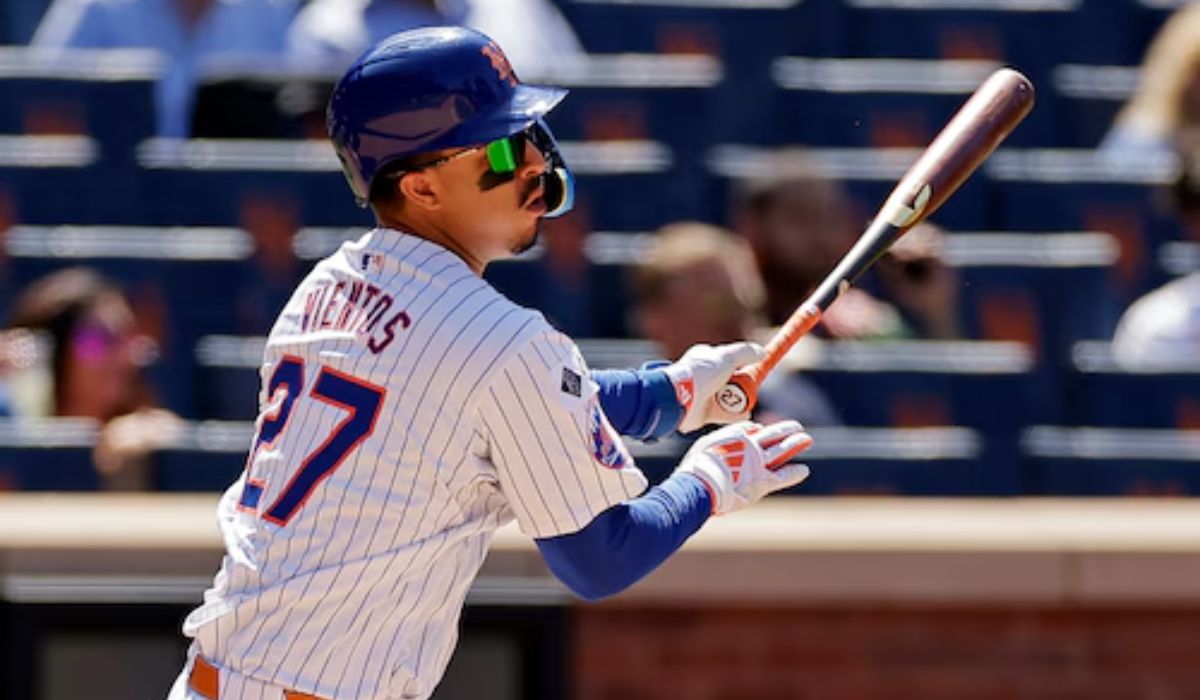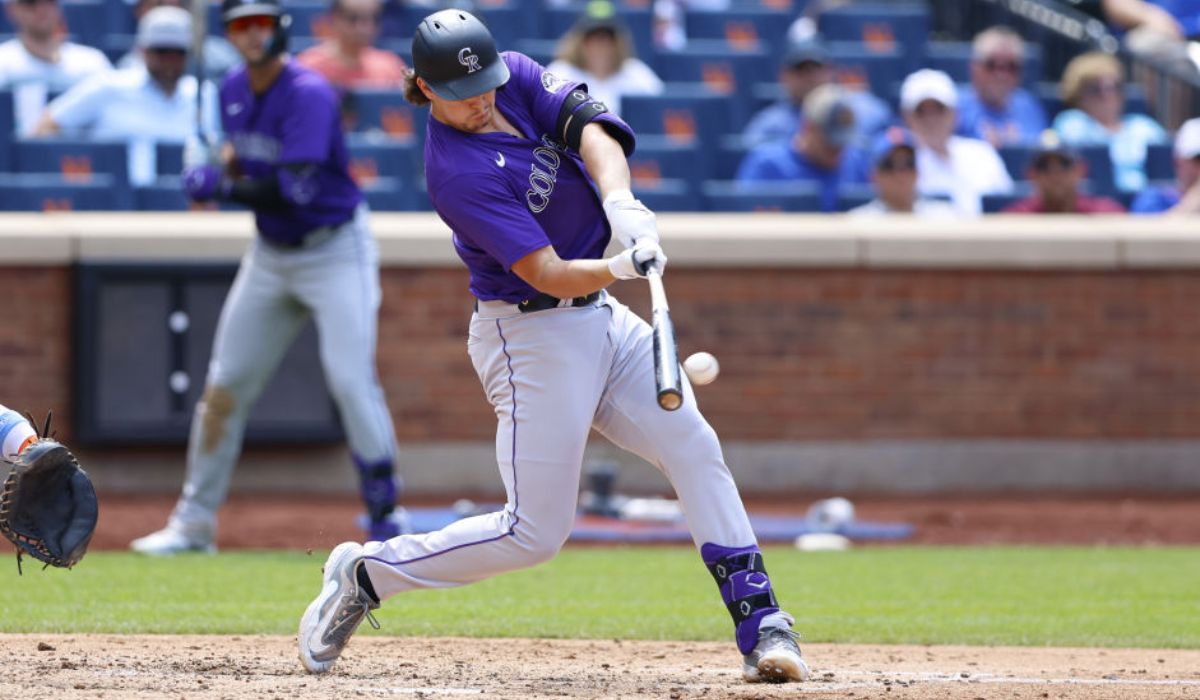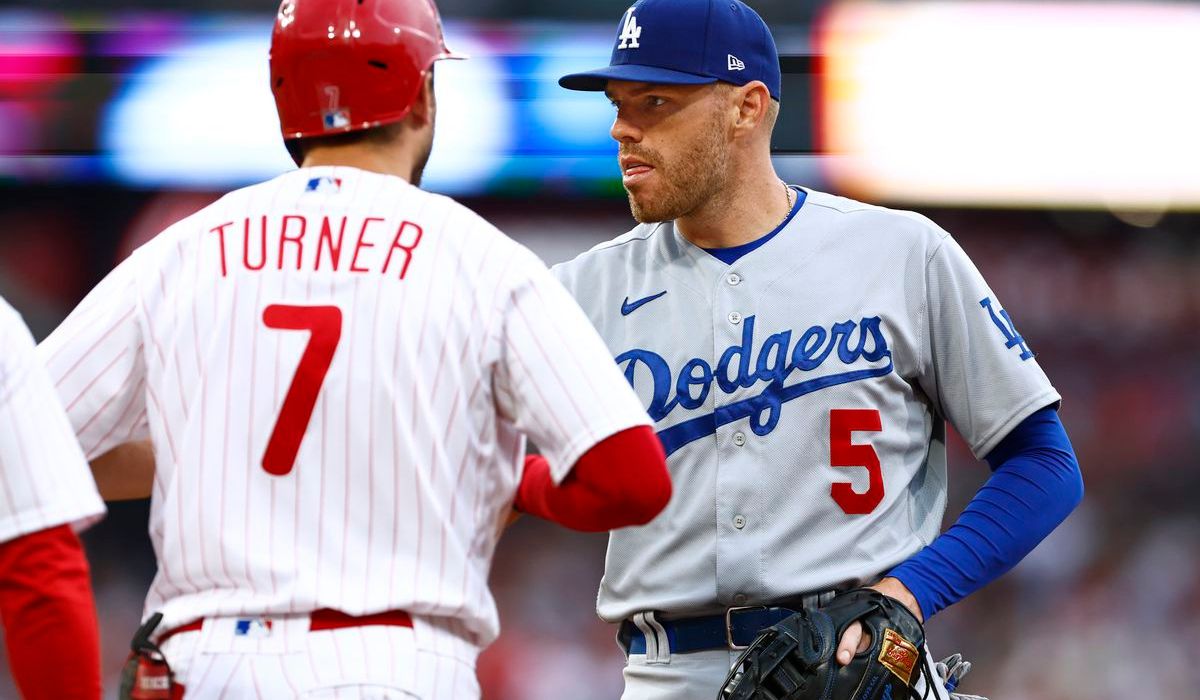Starting Pitchers: Key Stats from the Rockies and Mets Aces
In the fiercely competitive world of Major League Baseball, the role of starting pitchers cannot be overstated. Their performances often set the tone for the entire game, determining the strategic decisions of managers and the morale of teams. This article delves into the key statistics of the starting pitchers from the recent Colorado Rockies and New York Mets matchup, examining how these athletes managed under the intense pressure of a high-stakes game and contributed to their teams’ overall strategies.
Performance Overview
The Rockies’ ace came into the game with a reputation for durability and strikeout ability. His season stats included an impressive Earned Run Average (ERA) just below 3.50 and a Walks Plus Hits Per Inning Pitched (WHIP) of 1.15, reflecting his ability to limit opposing hitters’ chances. On the other hand, the Mets’ starting pitcher boasted a slightly lower ERA of 3.20 and an excellent WHIP of 1.05, showcasing his precision and control on the mound.
In this particular game, both pitchers were under the spotlight, tasked with silencing the bats of some of the league’s top hitters. The Rockies’ pitcher started strong, striking out several key players in the initial innings, demonstrating his knack for getting ahead in counts and finishing batters with his sharp curveball. His performance in the first half of the game was a testament to his season’s preparation and focus, maintaining a strikeout-to-walk ratio that mirrored his annual performance.
Analyzing Key Stats
Throughout the game, the Mets’ pitcher matched his counterpart pitch for pitch. His approach was different, focusing more on finesse and location rather than overpowering hitters. His strategy involved pitching to contact, allowing his defense to make plays, and using his changeup effectively to induce ground balls. This approach was evident in his stats for the game, as he pitched over six innings with a significant number of groundouts, which speaks to his ability to manage hitters and control the game’s pace.
Both pitchers’ WHIP figures during the game were exemplary, with each maintaining their season averages, indicating a tight control over the opposing lineup. However, the strikeout-to-walk ratios were particularly telling; the Rockies’ pitcher had a higher ratio than the Mets’, illustrating his more aggressive pitching style and ability to execute under pressure.
Season Averages vs. Game Performance
When comparing the season averages to the game performance, it’s clear that both pitchers played to their strengths. The Rockies’ pitcher, known for his strikeouts, tallied double digits in Ks, proving his dominance on the mound. Meanwhile, the Mets’ pitcher leveraged his skill in controlling the game’s tempo, minimizing walks, and allowing his defense to assist in crucial plays.
These statistics not only highlight their individual talents but also reflect their teams’ broader strategies. The Rockies seem to rely more on their pitcher to overpower the batters, while the Mets utilize a more balanced approach, focusing on defense and strategic pitching.
Impact on Team Strategy
The game’s outcome was heavily influenced by these starting pitchers’ performances. Their ability to execute their pitches, manage the opposing lineups, and work in tandem with their defenses underscored their critical roles. For the Rockies, maintaining a high strikeout rate was key to keeping the Mets’ hitters off balance. For the Mets, inducing ground balls and managing the game flow allowed them to stay competitive throughout the match.
In the Batter’s Box: Hitting Highlights from the Rockies vs. Mets Match
When the Colorado Rockies faced off against the New York Mets, it wasn’t just a battle of pitching prowess but also a showcase of some of the most strategic and powerful hitting performances of the season. This article provides a comprehensive analysis of the key hitters from both teams, exploring how their contributions at the plate significantly impacted the game’s dynamics and momentum.
Key Hitters from the Rockies
The Rockies’ lineup featured several standout performances, but one player, in particular, caught everyone’s attention with his powerful swings. The Rockies’ third baseman, known for his ability to drive in runs, delivered when it mattered most. His batting average for the game exceeded his season average significantly, demonstrating his ability to perform under pressure. In a crucial moment, with two runners on base, he smashed a home run that not only brought the crowd to its feet but also swung the momentum in favor of the Rockies.
Another notable performance came from the Rockies’ designated hitter. He entered the game with a solid on-base percentage but surpassed expectations by drawing key walks and hitting a critical double that later translated into a run after a sacrifice fly. His ability to get on base consistently provided the Rockies with more opportunities to score, keeping the Mets’ pitchers under constant pressure.
Mets’ Hitting Strategy
On the Mets’ side, their leadoff hitter played a pivotal role in building pressure early in the game. Known for his speed and precision at the plate, he managed to notch a couple of hits and stole a base, putting him in a prime position to score on a single from the following batter. His performance was a perfect illustration of how on-base percentage and speed can combine to create scoring opportunities.
The Mets’ first baseman also made significant contributions with his bat. Coming into the game with an impressive record of RBIs, he lived up to his reputation by driving in crucial runs with a line drive to the outfield. His ability to find gaps in the defense was instrumental in keeping the Mets competitive throughout the match.
Clutch Performances
One of the game’s key moments came from the Rockies’ left fielder. In the late innings, with the game tied and the bases loaded, he delivered a clutch base hit that drove in two runs, giving the Rockies a late lead. This hit was not just a reflection of his skill but also his calmness under pressure, a trait that’s highly valued in professional baseball.
Conversely, the Mets saw a clutch performance from their catcher. With the team trailing in the seventh inning, he hit a crucial home run that momentarily evened the score, reigniting the team’s energy and the hopes of Mets fans. This moment highlighted the psychological impact of timely hits and how they can change the complexion of the game.
Impact of Hitting on Game Outcome
Throughout the game, the Rockies demonstrated a more aggressive hitting approach, which paid off by putting the Mets’ pitchers in tough spots. Their ability to capitalize on scoring opportunities was evident in their higher slugging percentage and total bases compared to the Mets.
The Mets, while slightly more conservative, used strategic hitting to keep the game within reach. Their hitters focused on making contact and utilizing the whole field, which helped in manufacturing runs through more traditional means such as base hits and sacrifice flies.
In summary, the hitters from both the Rockies and the Mets played crucial roles in this tightly contested matchup. Their performances at the plate showcased not only their individual skills but also the strategic approaches employed by their teams. Through a combination of power hitting, strategic base running, and clutch performances, the game’s hitters left an indelible mark on the match, illustrating the multifaceted nature of baseball’s offensive game.
Defensive Showdown: Fielding Performances that Made a Difference in the Rockies vs. Mets Game

In a baseball game where every pitch and hit counts, it’s often the defensive plays that truly shape the outcome. The recent showdown between the Colorado Rockies and the New York Mets provided a spectacle of defensive prowess, with players on both teams making crucial plays that not only thrilled the fans but also significantly influenced the game’s result. This article examines the defensive highlights that defined this matchup, focusing on fielding percentages, notable outs, and crucial errors.
Rockies’ Defensive Strategy
The Colorado Rockies’ defense was instrumental in their victory, marked by several key performances that showcased their strategic alignment and quick reflexes. One of the standout moments came from their shortstop, whose fielding percentage has been one of the highest in the league. During a critical juncture in the middle innings, with two runners on base and only one out, he executed a flawless double play. His quick transfer and throw to second base, followed by a sharp throw to first, not only ended a potential rally by the Mets but also shifted the momentum back to the Rockies.
Another significant contribution came from the Rockies’ center fielder. Known for his speed and agility, he made a game-changing catch against the wall in the late innings. This catch robbed the Mets of extra bases and possibly an RBI, preserving the Rockies’ slender lead. His defensive range and accuracy in throwing continue to be a massive asset for the Rockies, allowing them to play a more aggressive style on both sides of the ball.
Mets’ Fielding Highlights
On the Mets side, their third baseman made several critical plays. With a reputation for strong arm strength and quick decision-making, he stopped a potential line-drive hit that looked destined for the outfield. His ability to react swiftly and make the grab not only prevented a base hit but also kept the Rockies’ runners from advancing, showcasing the importance of reflexes and anticipation in the hot corner.
The Mets’ right fielder also made a notable contribution with a throw from deep right field to third base, cutting down a runner attempting to tag up from second. This out was crucial in keeping the game within reach and highlighted the strategic deployment of outfielders with strong arms, an essential aspect of fielding strategy in modern baseball.
Impact of Errors
Despite the high-quality fielding, the game was not without errors, and these missteps proved costly. A missed catch by the Mets’ second baseman on a routine ground ball allowed a Rockies’ runner to advance to scoring position, later leading to a run after a single. This error underscored the thin margins in baseball, where a single lapse can alter the trajectory of the game.
Defensive Adjustments and Game Outcome
Throughout the game, both teams made several adjustments to their defensive alignments based on the situation and the batters. The Rockies, in particular, shifted their infield several times to counter the Mets’ tendency to pull the ball. This strategy paid dividends, as it led to several key outs that might have otherwise resulted in hits.
The Mets, recognizing the power hitters in the Rockies’ lineup, played their outfielders deeper than usual, which helped in cutting down potential extra-base hits but also gave the Rockies some opportunities to drop singles into shallow outfield.
Critical Moments: Turning Points in the Rockies vs. Mets Game
Baseball games are often defined by a few pivotal moments, where the pressure mounts and the outcome teeters on the brink of a single play. The recent matchup between the Colorado Rockies and the New York Mets was no exception, featuring a series of critical moments that not only swayed momentum but also decisively impacted the game’s result. This article explores these turning points, offering a detailed narrative on how they unfolded and their significant effects on the final score.
Early Game Dynamics
The game started intensely with both teams’ pitchers throwing strong innings. However, the turning point in the early game came in the third inning when the Rockies’ third baseman hit a two-run homer after a strategic decision by the Mets’ manager to pitch to him with a runner on first, despite his known hitting prowess. This decision and its aftermath shifted the early momentum towards the Rockies, setting the tone for their offensive strategy.
Middle Innings Pressure
As the game progressed into the middle innings, both teams’ defenses tightened up, and the pitchers settled into a rhythm. The critical moment arrived in the sixth inning when the Mets had bases loaded with two outs, trailing by three runs. The Rockies’ pitcher, showing signs of fatigue, faced the Mets’ cleanup hitter. In a high-stress showdown, the pitcher managed to strike out the hitter with a well-placed curveball on the edge of the strike zone. This pivotal strikeout prevented the Mets from closing the gap and was a huge psychological boost for the Rockies, preserving their lead.
Late Game Heroics
Managerial Decisions and Their Impact
Strategic managerial decisions were critical throughout the game. In the late stages, the Mets’ manager opted to bring in a reliever known for his groundball-inducing pitches in hopes of inducing a double play. However, this decision backfired when the reliever struggled with control, walking two batters and setting the stage for the Rockies’ crucial ninth-inning RBI.
Closing the Game
In the bottom of the ninth, the Rockies’ closer, known for his high-velocity fastball and nerve of steel, took the mound. With runners on first and second and two outs, he faced the Mets’ best hitter. In a nail-biting climax, he struck out the batter with a series of fastballs, each exceeding 98 mph, sealing the victory for the Rockies.
Summary of the Turning Points
These critical moments—from early strategic errors to late-game heroics—played a significant role in defining the game’s outcome. They highlighted the thin line between victory and defeat in professional baseball, where decisions, execution, and mental toughness in high-pressure situations can shift the balance in an instant. The Rockies vs. Mets game was a testament to the drama and unpredictability of baseball, where every pitch can turn into a turning point.





